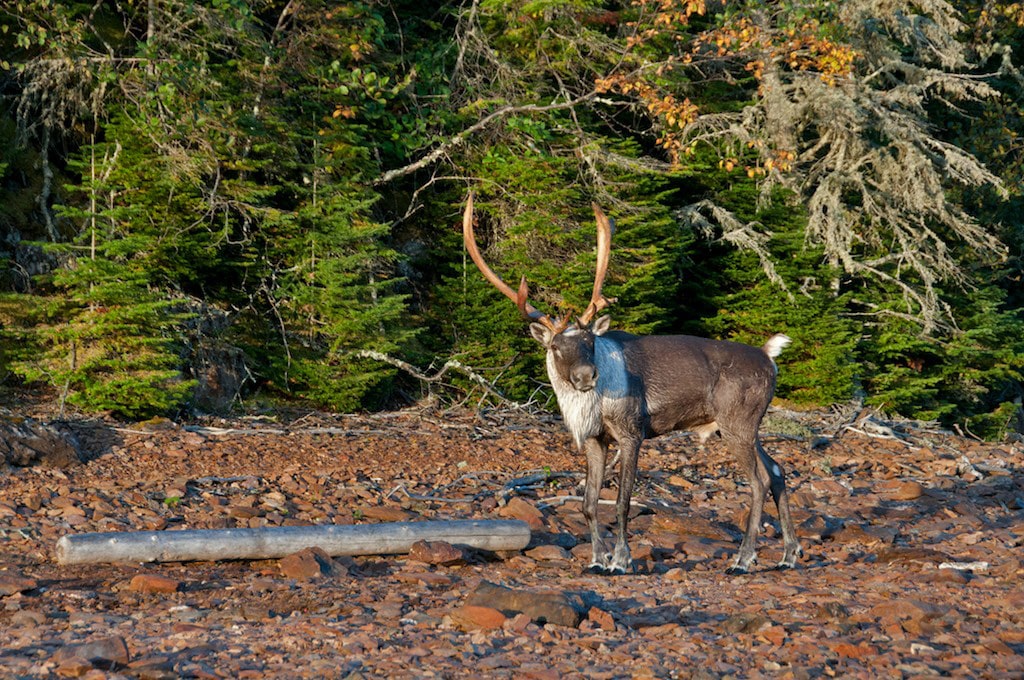Canada has one of the oldest and most extensive parks systems in the world but, with rapidly increasing development pressures, it is more important than ever to preserve as many deserving and unique wild places as we can before they are threatened. CPAWS Manitoba is dedicated to creating new parks, protected areas, and wilderness corridors and act as a watchdog to ensure that existing ones are well-managed.
National, provincial and territorial parks are protected wilderness areas set aside by and for the people of Canada. They provide space for wildlife to roam, feed and raise their young away from the threat of human development, and for people to spend time with family and friends, learn about nature, and enjoy healthy outdoor activities.
Parks also provide clean water to some of our largest cities and moderate our climate by storing carbon in their soils and forests. For a growing number of Indigenous people, parks offer a way to maintain and share their cultural traditions.
To date, two national parks have been established in Manitoba: Riding Mountain National Park, which consists of 2,978 square kilometres of forest encircled by farmland in south-central Manitoba; and Wapusk National Park, a 11,475 square kilometre park located in the subarctic at the transition between boreal forest and arctic tundra that protects one of the largest polar bear maternity denning areas in the world. A gap in the national parks network is securing protection in the Manitoba Lowlands region in the Interlake.
In addition to the two national parks, Manitobans can also enjoy 90 provincial parks, which account for over 7.1 million hectares of protected land and water, or approximately 11% of the province’s territory, national parks included. CPAWS Manitoba’s long-term goal is to have more than 50% of the boreal region in Manitoba protected from industrial developments along with sustainable, best practice developments on the remaining landscape.
Why Are Parks at Risk?

Industrial Development
Growing industrial development pressures within and adjacent to many parks threaten their ecological integrity. In Manitoba, many provincial parks are open for mining while industrial logging is allowed to take place in Duck Mountain provincial park.

Tourism
Inappropriate tourism and recreational development within the parks threatens the well-being of ecosystems within their borders, while doing little to foster visitors’ appreciation for nature.

Boundaries
Boundaries for new parks are too frequently designed to maximize industrial development in adjoining areas, rather than to ensure wildlife and ecosystems are well-protected.

Climate Change
Climate change has already impacted moose habitat and helped bring more deer and predators into moose territory. Cold winters also keep parasites like ticks in check. As the boreal continues to warm, our moose will be at even great risk.
Ensuring Land Conservation
CPAWS Work
All across Canada, CPAWS is working with local communities, First Nations, other conservation organizations, businesses and governments to:
- Create new parks and protected areas;
- Ensure that parks and protected areas, once established, are managed to protect their ecological integrity forever;
- Ensure parks and protected areas are connected together so wildlife can move between them in response to changing climatic conditions; and
- Ensure industrial activity is prohibited in all Canada's parks and protected areas.
In Manitoba, CPAWS supported the creation of numerous provincial parks including, most recently, Kinwow Bay and Sturgeon Bay parks. These two new parks secure over 23,000 ha of Boreal lands from industrial developments while ensuring traditional practices can continue.
Furthermore, CPAWS was involved in shaping Manitoba’s Protected Areas Strategy. The strategy, released in November 2015, targets the protection of 17% of the landscape of Manitoba by 2020, outlining priority regions within which protections from industrial development will be sought. The province kick started the progress with the designation of the Red Deer Lake Wildlife Management Area and an expansion of the Lake Winnipegosis Ecological reserve, which brings the current provincial lands under protection to 11% - an important step toward a larger and scientifically based protection goal of at least 50%.
Through our Boreal Manitoba campaign, we are also working toward a government commitment to an initiative to protect more than half of Manitoba’s northern boreal forests from industrial developments, with world-leading environmental standards for any developments undertaken on the remaining boreal.
Related Articles

Manitoba’s Amisk Park Reserve needs your help to keep protected designation

23 Reasons to Be Hopeful About Nature in 2023

